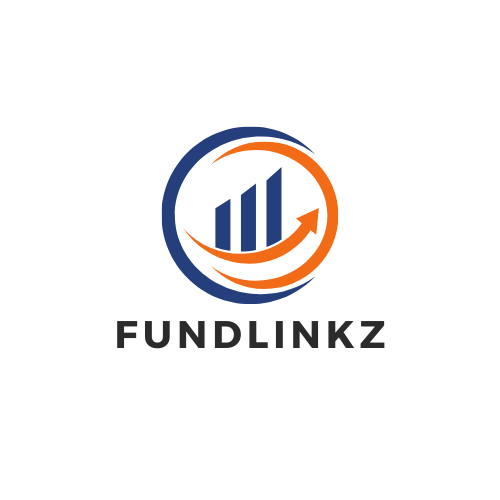If you’re considering tapping into your home’s equity through a loan or line of credit, there are several pros and cons to keep in mind. On the positive side, using a home equity loan or HELOC can provide you with access to a large sum of money for expenses like home renovations or debt consolidation. Additionally, the interest rates on these types of loans are often lower than other options, making them a cost-effective financing solution. However, it’s important to remember that your home is used as collateral for these loans, putting it at risk if you’re unable to make payments. Furthermore, taking out a home equity loan or HELOC can increase your overall debt load and potentially impact your credit score. Be sure to weigh these factors carefully before deciding if this type of financing is right for you.
Exploring Home Equity Loan vs. Line of Credit (HELOC)
Have you been considering using your home equity for financing but are unsure whether a home equity loan or a home equity line of credit (HELOC) is the right choice for you? Let’s dive into the pros and cons of each option to help you make an informed decision.
Understanding Home Equity Loan
If you’re looking for a lump sum of money with a fixed interest rate and monthly payments, a home equity loan might be the way to go. This type of loan allows you to borrow against the equity you’ve built in your home, using your property as collateral.
Pros of Home Equity Loan
Home equity loans typically come with lower interest rates compared to other types of loans, making them an attractive option for homeowners looking to finance major expenses such as home renovations or debt consolidation. Additionally, the interest paid on a home equity loan may be tax-deductible, providing potential savings for borrowers.
Cons of Home Equity Loan
One of the downsides of a home equity loan is that you receive a one-time lump sum, which may not be ideal for those who prefer more flexibility in accessing funds. Additionally, if you default on your loan payments, you risk losing your home, as it serves as collateral for the loan.
Exploring Home Equity Line of Credit (HELOC)
On the other hand, a home equity line of credit (HELOC) functions more like a credit card, allowing you to borrow funds as needed up to a certain limit during a set draw period. This revolving line of credit offers flexibility in accessing funds and can be a valuable financial tool for homeowners.
Pros of HELOC
One of the primary benefits of a HELOC is its flexibility. Unlike a home equity loan, which provides a lump sum of money upfront, a HELOC allows you to borrow funds as needed, making it ideal for ongoing expenses or projects with varying costs. Additionally, you only pay interest on the amount you borrow, not the entire credit line, which can result in cost savings.
Cons of HELOC
Since HELOCs typically have variable interest rates, your monthly payments and overall costs can fluctuate based on market conditions. This instability can make budgeting more challenging compared to a fixed-rate home equity loan. Furthermore, failing to make payments on a HELOC can also put your home at risk of foreclosure.
Deciding Between Home Equity Loan and HELOC
Now that you have a better understanding of the pros and cons of home equity loans and HELOCs, it’s time to determine which option aligns best with your financial goals and needs. Consider the following factors to make an informed decision:
Financial Goals and Needs
Evaluate your financial goals and needs to determine whether you require a lump sum of money upfront or prefer ongoing access to funds. If you have a specific project with a fixed budget in mind, a home equity loan may be the better choice. On the other hand, if you anticipate varying expenses or want a financial safety net, a HELOC might be more suitable.
Interest Rates and Terms
Compare the interest rates, terms, and fees associated with home equity loans and HELOCs to understand the long-term costs of each option. While home equity loans typically offer fixed interest rates, HELOCs may have variable rates that can change over time. Consider how these fluctuations could impact your monthly payments and overall affordability.
Risk Tolerance
Assess your comfort level with risk when deciding between a home equity loan and a HELOC. Since both options require you to use your home as collateral, it’s crucial to understand the potential consequences of defaulting on payments. If you prefer predictability and stable monthly payments, a home equity loan might be a safer choice. However, if you value flexibility and are confident in your ability to manage variable payments, a HELOC could be a suitable option.
Making an Informed Decision
Ultimately, the decision between a home equity loan and a HELOC should align with your unique financial situation and goals. By weighing the pros and cons of each option, considering your financial needs, and evaluating your risk tolerance, you can make an informed choice that supports your long-term financial well-being.
Remember to consult with financial professionals, such as lenders or financial advisors, to explore all available options and gather personalized advice based on your specific circumstances. With the right information and guidance, you can leverage your home equity responsibly and strategically achieve your financial objectives.



